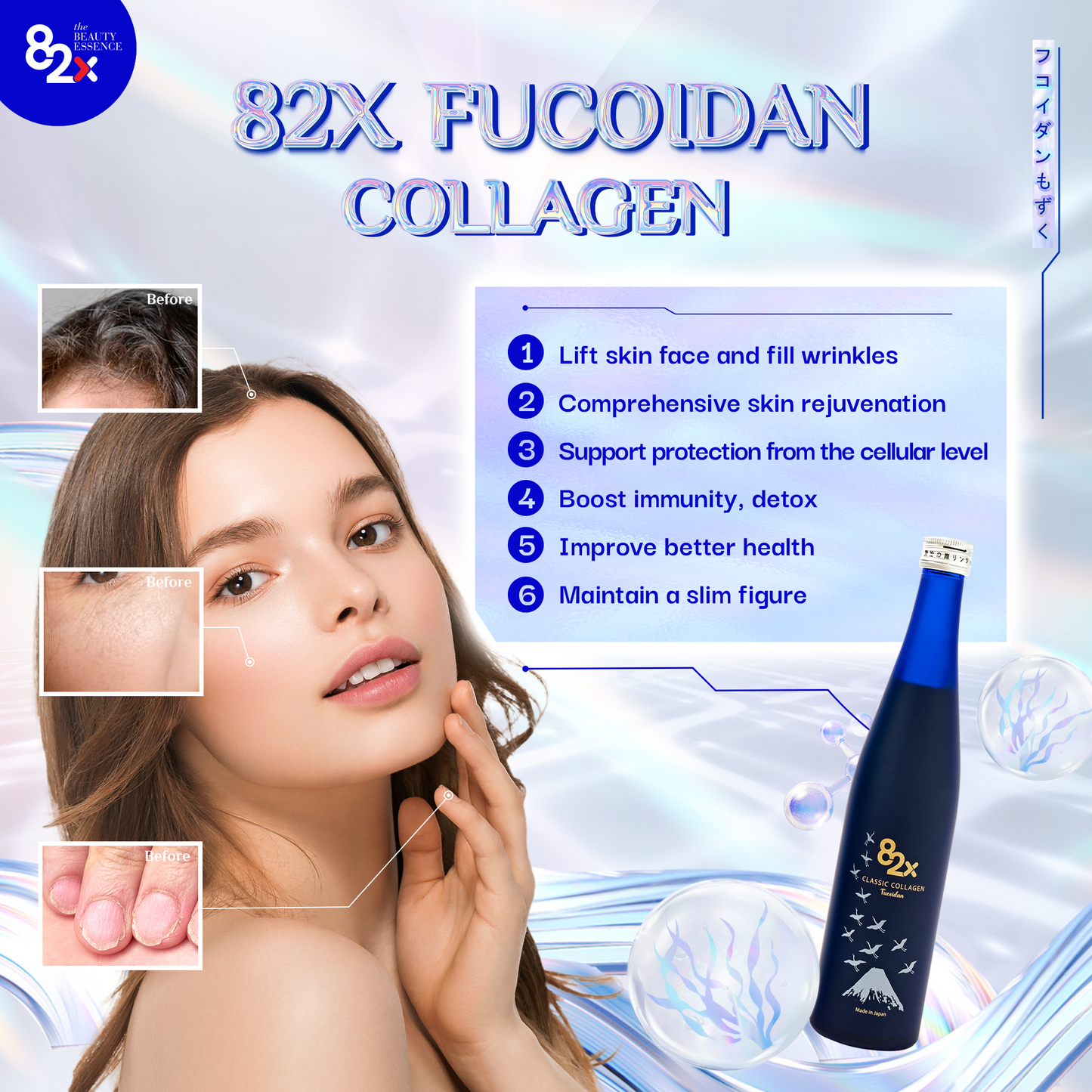
![]() The Asian Beauty Standard: White
The Asian Beauty Standard: White
It’s not spoken of much here in the Western Hemisphere, but in the East, it’s a concept that’s had a long history in the world of beauty—even predating colonialism. Picture a geisha, that Japanese symbol of feminine allure. Or a Beijing opera actress, porcelain-skinned with a rosebud mouth. Caricatures, exaggerations, and performance artists as they are, they have long been considered the apex of beauty.
In China, Korea, Japan, India, and Thailand, countries that have set a great deal of stock in siloing their people by class, skin color created firm lines of division between the wealthy and the poor. The paler you were, the more obvious it was that you spent your life coddled inside, away from the harsh sun and hard labor in the fields under it. Paleness was a mark of prestige, a signifier that you were “kept.”
![]() The American Beauty Standard: Gold
The American Beauty Standard: Gold
Once I first noticed it, I started seeing it everywhere. Magazine covers with tips on how to achieve the perfect tan. On every single person on Baywatch. Fitness and bikini models.
At this age, girls at school started talking about tan lines and wearing body sprays that smelled like coconuts and sunshine. Bringing sunscreen to the beach was an uncool “mom” move; it was tanning oil with little (to no) SPF all the way. The darker you were, the more fun it meant you had. Richer hues gave you status. In other words, the opposite of my family’s Asian standards.
Self-tanning products, popularized through mainstream brands like Jergens, Johnson & Johnson, and Clarins, as well as those hawked by reality TV stars, are another option, used by 40% of beauty consumers surveyed in a recent study.



















